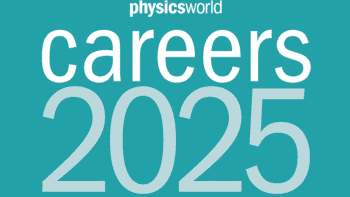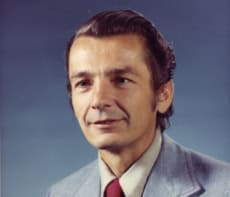
The UK technology industry is struggling with persistent challenges around diversity and inclusion. That is according to a new report by the Department for Science, Innovation and Technology, which concludes that despite some modest recent progress, all minority groups still remain significantly underrepresented in the technology sector.
The tech startup ecosystem is valued at over $1.1 trillion worldwide with the technology sector employing more than 1.8 million people in the UK. Women and people from ethnic-minority groups, however, account for only around a quarter of the technology workforce. People from ethnic-minority groups also only hold 14% of senior roles.
Based on surveys of UK technology industries and a review of existing research on the sector, the report finds that recent diversity gains diminish at mid-career and leadership levels. In the last year, female representation in senior technology positions increased by only 1%, while one in three women are planning to quit their jobs due to a lack of career progression, poor work-life balance and an unsupportive culture.
This persistent “leaky pipeline” is linked to structural and cultural barriers that result in poor retention and promotion of underrepresented people. Cultural attitudes reinforce this gender bias, the report says, with one recent study finding that 20% of men in technology believe that women are “naturally less suited” to technical work. Indeed, a previous national study found that underrepresented minorities were nearly twice as likely to leave a technology job because of unfair treatment than for a better role.
Underrepresentation is particularly stark for Black technologists, who make up only 5% of workers, while just 0.07% of technology employees are Black women. Socio-economic diversity is also poor with only 9% of technology employees coming from poorer backgrounds, compared with 29% in finance and 23% in law. Data also shows that individuals from working-class backgrounds in technology earn, on average, almost £5000 less per year than their peers from more affluent backgrounds.
’Lack of progress’
There is also a lack of diversity when it comes to technology funding, with the report showing that 92% of angel investments in 2022 went to all-white teams, while female and ethnic minority-led startups secured just 2% of venture capital funding. On average female-founded technology businesses receive £1.1m, figures show, while male-owned startups receive £6.2m.
The report also points to one analysis that found that about 14% of technologists identify as disabled, while another put the figure as low as 6%, suggesting a reluctance to disclose disabilities. The later survey also suggests that 53% of technology employees identify as neurodivergent, yet employers claim that just 3% of their staff are neurodivergent. What ‘equity’ really means for physics
To improve diversity and inclusion in the technology sector, the report calls for improvements in flexible-working options; diversity, equity and inclusion reporting; improved governance structures; and socio-economic mobility initiatives.
Sarah Bakewell, head of diversity and inclusion at the Institute of Physics, which publishes Physics World, describes the report’s conclusions as “concerning” as “it reveals the lack of diversity in the sector and who funding is allocated to”. Even more worrying, she says, is the lack of progress in boosting the diversity of people in UK tech. “To unleash a new wave of UK innovation, we must attract, develop and retain people from all backgrounds in inclusive work environments where everyone can realise their full potential.”



